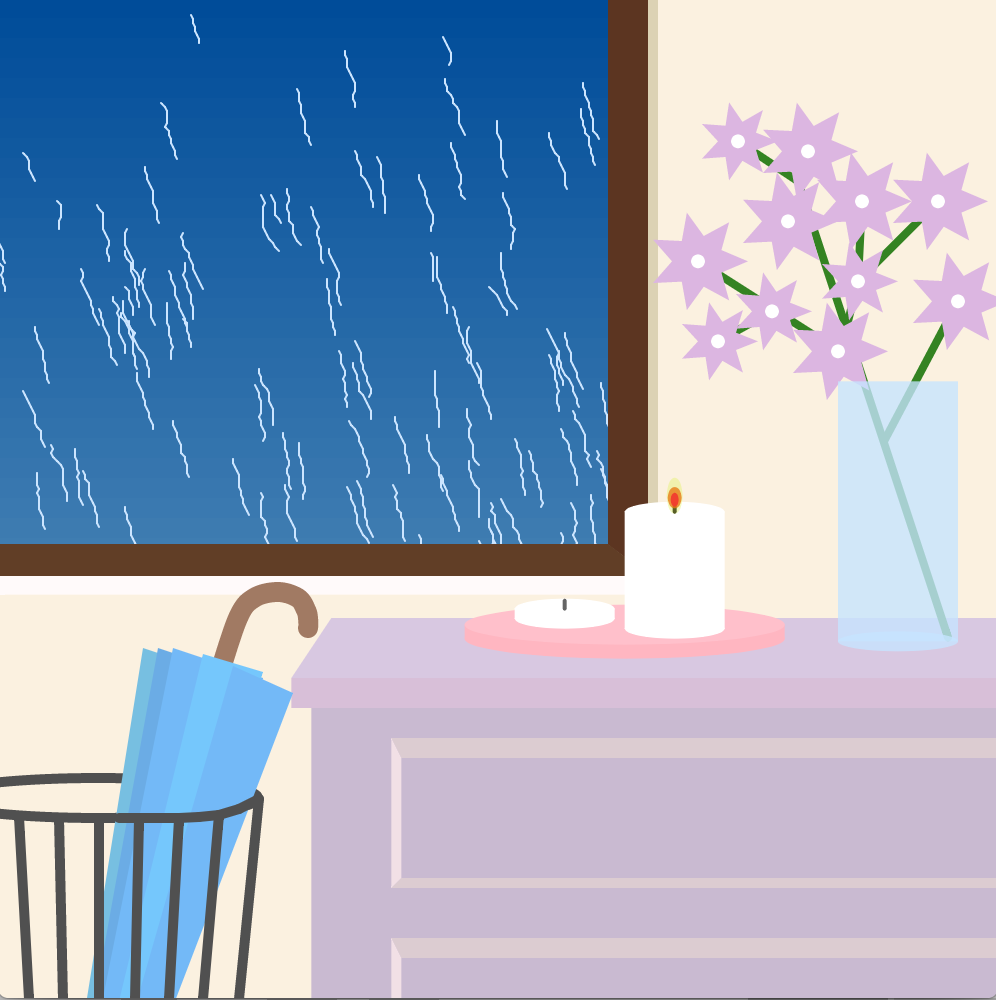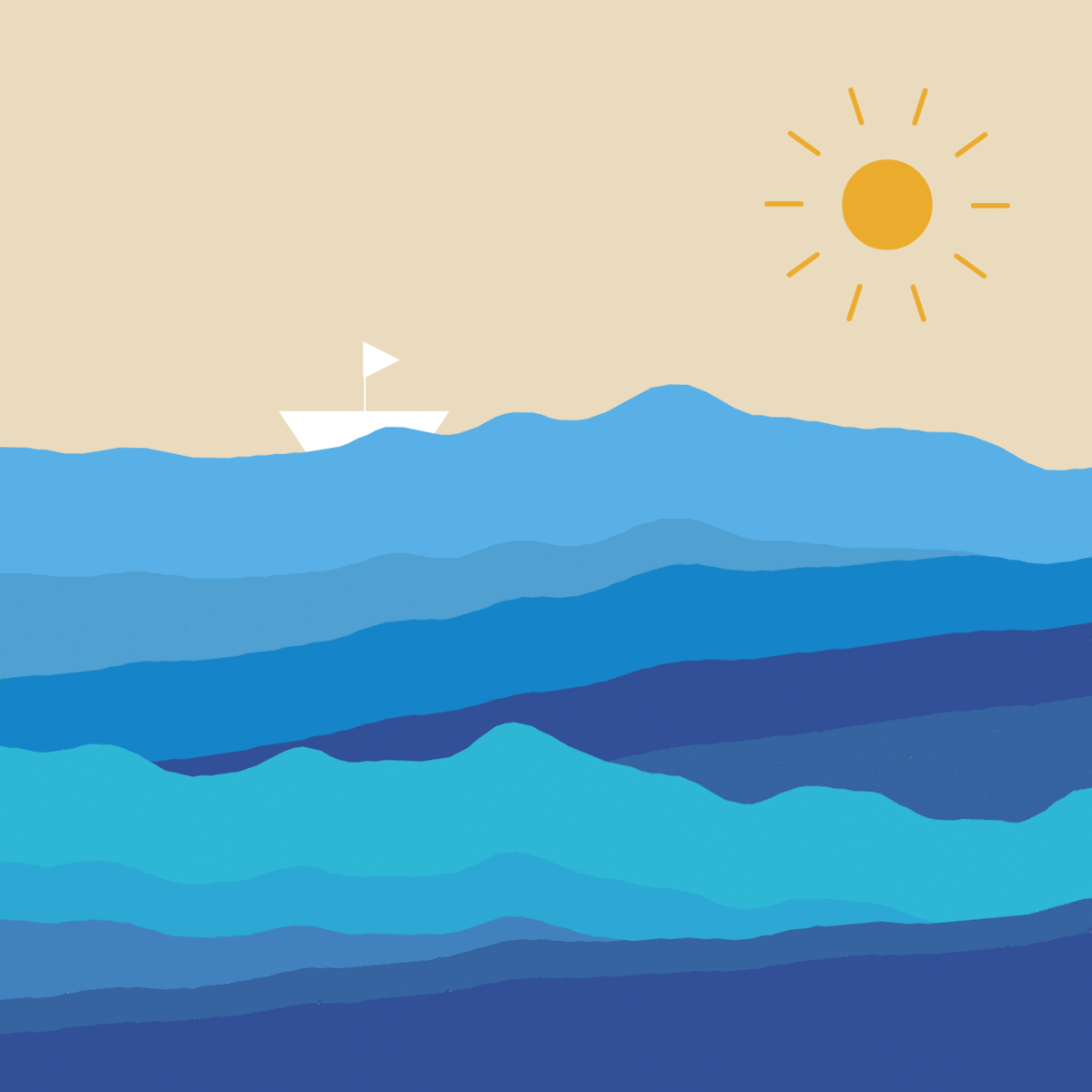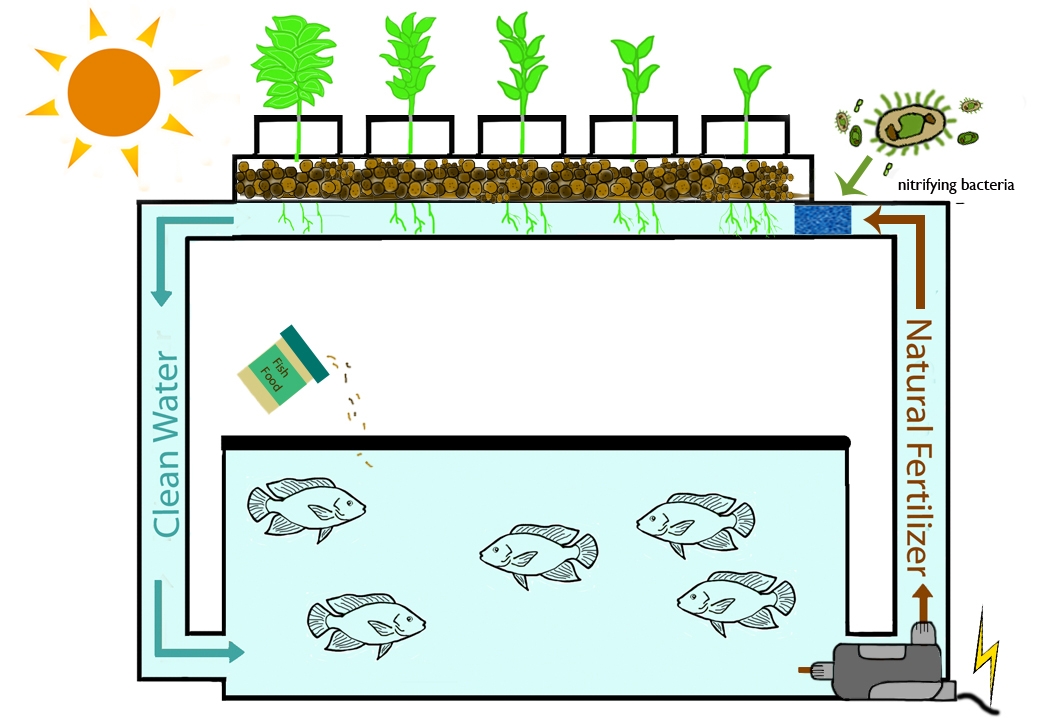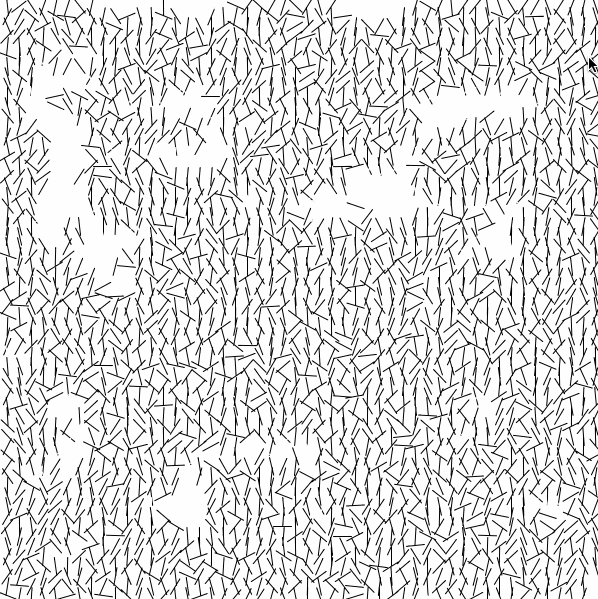var rain = [];
var offset = 30;
var s;
var m;
var h;
var preH=-1;
var sizeY = 10;
var sizeO = 9;
function preload() {
rainSound = loadSound("rain.ogg");
thunder = loadSound("thunder.ogg");
}
function setup() {
createCanvas(500,500);
frameRate(30);
rainSound.loop();
}
function draw() {
drawBackground();
s = second();
m = minute();
h = hour();
if (h != preH){
thunder.play();
preH=h;
}
if (frameCount % 10 == 0){
createNewDrop();
}
push();
for (var elem=0; elem < rain.length; elem++){
rain[elem].move();
if (rain[elem].bound() && elem != rain.length-1){
rain.splice(elem,1);
}
rain[elem].render();
}
pop();
drawWall();
drawCandle();
}
function drawCandle(){
//plate
push();
translate(width*2/3-20, height*2/3-20);
fill("lightpink");
noStroke();
rect(-80,0,160,7);
ellipse(0,7,160,20);
fill("pink");
ellipse(0,0,160,20);
pop();
push();
translate(width*2/3-20, height*2/3-20);
noStroke();
fill("offWhite");
if(h < 12){// candle length mapped to miuntes && burn for 12h each
//candle1
var c1 = map(h*60+m, 0, 720, -60, -5);
ellipse(-30,c1-3,50,10);
rect(-55,c1-3,50,-c1);
ellipse(-30,-3,50,10);//stationary
stroke(0);
strokeWeight(2);
line(-30,c1-3,-30,c1-7);
drawFire(-30,c1-7);
//candle2
noStroke();
ellipse(25,-58,50,10);
rect(0,-58,50,60);
ellipse(25,2,50,10);//stationary
stroke(0);
strokeWeight(2);
line(25,-58,25,-62);
} else {
ellipse(-30,-8,50,10);
rect(-55,-8,50,5);
ellipse(-30,-3,50,10);//stationary
stroke(100);
strokeWeight(2);
line(-30,-8,-30,-12);
var c2 = map(h%12*60+m, 0, 720, -60, -5);
noStroke();
ellipse(25,c2+2,50,10);
rect(0,c2+2,50,-c2);
ellipse(25,2,50,10);//stationary
stroke(0);
strokeWeight(2);
line(25,c2+2,25,c2-2);
drawFire(25,c2-2);
}
pop();
}
function drawFire(x,y){
push();
translate(x,y);
noStroke();
fill(225,243,94,100);
if (s%2 == 0){
sizeY += 0.5;
sizeO += 0.1;
} else{
sizeY -= 0.5;
sizeO -= 0.1;
}
ellipse(0,-4,8,sizeY);
fill(231,122,19,200);
ellipse(0,-3,7,sizeO);
fill(241,60,47,240);
ellipse(0,-2,4,7);
pop();
}
function drawBackground(){
background(150);
var r0 = 0;
var g0 = 76;
var b0 = 153;
var r1 = 70;
var g1 = 130;
var b1 = 180;
for (var i=0; i < 30; i++){
noStroke();
var r = map(i,0,30,r0,r1);
var g = map(i,0,30,g0,g1);
var b = map(i,0,30,b0,b1);
fill(r,g,b);
rect(0,i*10,width/2+offset*2-5,10);
}
}
function drawWall(){
push();
fill( 251, 241, 224);
noStroke();
rect(width/2+offset*2,0,width/2+30,height);
rect(0,height*2/3-38,width,height/2);
push();
// fill(245,232,202);
fill(220,210,180);
translate(width/2+offset*2,0);
quad(0,0,20,0,20,299,0,290);
pop();
push();
fill(255,250,250);
translate(0,height*2/3-45);
quad(0,0,width/2+75,0,width/2+80,10,0,10);
pop();
pop();
drawFrame();
}
function drawFrame(){
push();
fill(92,53,33);
noStroke();
quad(width/2+offset*2-5,0,width/2+offset*2+15,0,
width/2+offset*2+15,height*2/3-45,width/2+offset*2-5,height*2/3-60);//right
fill(97,62,38);
quad(0,height/2+23,width/2+offset*2-5,height/2+23,
width/2+offset*2+16,height/2+39,0,height/2+39);//bottom
pop();
drawStand();
drawFlower();
drawBucket();
}
function drawBucket(){
push();
translate(50,height*0.8);
strokeWeight(5);
stroke(80);
noFill();
ellipse(0,0,160,20);
push();
strokeWeight(10);
stroke(161,122,99);
strokeJoin(ROUND);
beginShape();
curveVertex(60,-60);
curveVertex(60,-60);
curveVertex(70,-90);
curveVertex(78,-100);
curveVertex(90,-103);
curveVertex(100,-100);
curveVertex(104,-94);
curveVertex(105,-90);
curveVertex(105,-85);
curveVertex(103,-85);
endShape();
//umbrella
noStroke();
scale(1.5);
translate(-25,0);
fill(119,191,225);
triangle(40,-50,70,-40,0,200);
fill(107,172,229);
triangle(45,-50,75,-40,0,200);
fill(115,185,247);
triangle(50,-50,80,-40,0,200);
fill(117,199,252);
triangle(60,-48,80,-42,0,200);
fill(115,185,247);
triangle(70,-44,90,-35,0,200);
pop();
line(80,0,70,100);
line(80,0,70,5);
line(70,5,60,8);
line(60,8,52,100);
line(60,8,50,9);
line(50,9,40,9.5);
line(40,10,35,100);
line(40,9.5,20,9.5);
line(20,10,18,100);
line(20,9.5,10,9.5);
line(0,10,0,100);
line(-20,10,-18,100);
line(-40,9,-35,100);
pop();
}
function drawStand(){
push();
translate(width/3-20,height/2+offset*2);
noStroke();
fill(216,200,225);
quad(20,0,380,0,400,30,0,30);
fill(216,191,216);
rect(0,30,400,15);
fill(201,186,209);
rect(10,45,380,250);
//drawer1
fill(220,204,209);
quad(50,60,430,60,420,70,55,70);
quad(55,130,430,130,430,135,50,135);
fill(242,224,230);
quad(50,60,55,70,55,130,50,135);
//drawer2
fill(220,204,209);
quad(50,160,430,160,420,170,55,170);
fill(242,224,230);
quad(50,160,55,170,55,230,50,240);
pop();
}
function drawFlower(){
push();
//draw stem
translate(width/2+170,height/3+25);
stroke(52,131,34);
strokeWeight(4);
line(-20,-100,55,128);
line(5,-30,10,-50);
line(10,-50,50,-90);
line(10,-50,12,-90);
line(23,30,60,-40);
line(10,-9,-70,-60);
line(-33,-35,-60,-20);
line(-20,-100,-50,-120);
line(-20,-100,-20,-130);
//draw buds
noStroke();
fill(220,182,225);
star(10,-50, 10, 20,7);
star(50,-90, 13, 25,7);
star(12,-90, 13, 25,7);
star(60,-40, 13, 25,7);
star(-70,-60, 13, 25,7);
star(-33,-35, 10, 20,7);
star(-50,-120, 10, 20,7);
star(-25,-80, 13, 25,7);
star(-15,-115, 13, 25,7);
star(0,-15, 13, 25,7);
star(-60,-20, 10, 20,7);
fill("offwhite");
ellipse(10,-50,7);
ellipse(50,-90,7);
ellipse(12,-90,7);
ellipse(60,-40,7);
ellipse(-70,-60,7);
ellipse(-33,-35,7);
ellipse(-50,-120,7);
ellipse(-25,-80,7);
ellipse(-15,-115,7);
ellipse(0,-15,7);
ellipse(-60,-20,7);
pop();
//draw vessel
push();
fill(198,228,255,200);
noStroke();
rect(width/2+170,height/3+25,60,130);
ellipse(width/2+200,height/3+155,60,10);
pop();
}
function createNewDrop(){
for (var i = 0; i < 10; i++){
var newDrop = new rainDrop(int(random(-20,width/2+offset*2)), int(random(-20,height/3)));
rain.push(newDrop);
}
}
function rainDrop(x, y){
this.x = x;
this.y = y;
this.s = 1;
this.pos = [[this.x, this.y]];
this.velX = int(random(1,3));
this.velY = 2;
this.render = function(){
stroke(204,229,255);
if (this.pos.length == 1) {
ellipse(this.x, this.y, this.s, this.s);
} else {
for (var i=1; i<this.pos.length; i++){
strokeWeight(this.s);
line(this.pos[i-1][0], this.pos[i-1][1], this.pos[i][0], this.pos[i][1]);
}
}
}
this.move = function() {
this.x += this.velX;
this.y += this.velY;
this.pos.push([this.x, this.y]);
if (random() < 0.8){ this.velX = int(random(2)); } else { this.velX = int(random(-2,3)); } this.checkLength(); } pop this.checkLength = function() { if (this.pos.length > 15){
this.pos.shift(0);
}
}
this.bound = function() {
if (this.pos[0][0] > width/2+offset*2 || this.pos[0][1] > height*2/3-38){
return true;
} else {
return false;
}
}
}
//taken from:https://p5js.org/examples/form-star.html
function star(x, y, radius1, radius2, npoints) {
var angle = TWO_PI / npoints;
var halfAngle = angle/2.0;
beginShape();
for (var a = 0; a < TWO_PI; a += angle) {
var sx = x + cos(a) * radius2;
var sy = y + sin(a) * radius2;
vertex(sx, sy);
sx = x + cos(a+halfAngle) * radius1;
sy = y + sin(a+halfAngle) * radius1;
vertex(sx, sy);
}
endShape(CLOSE);
} |

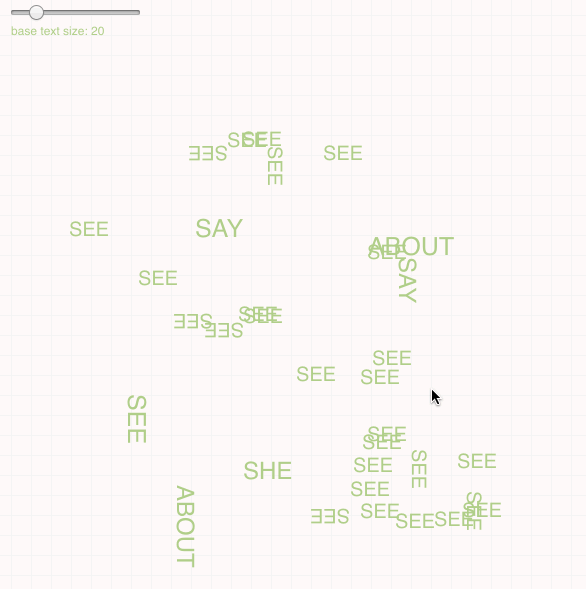
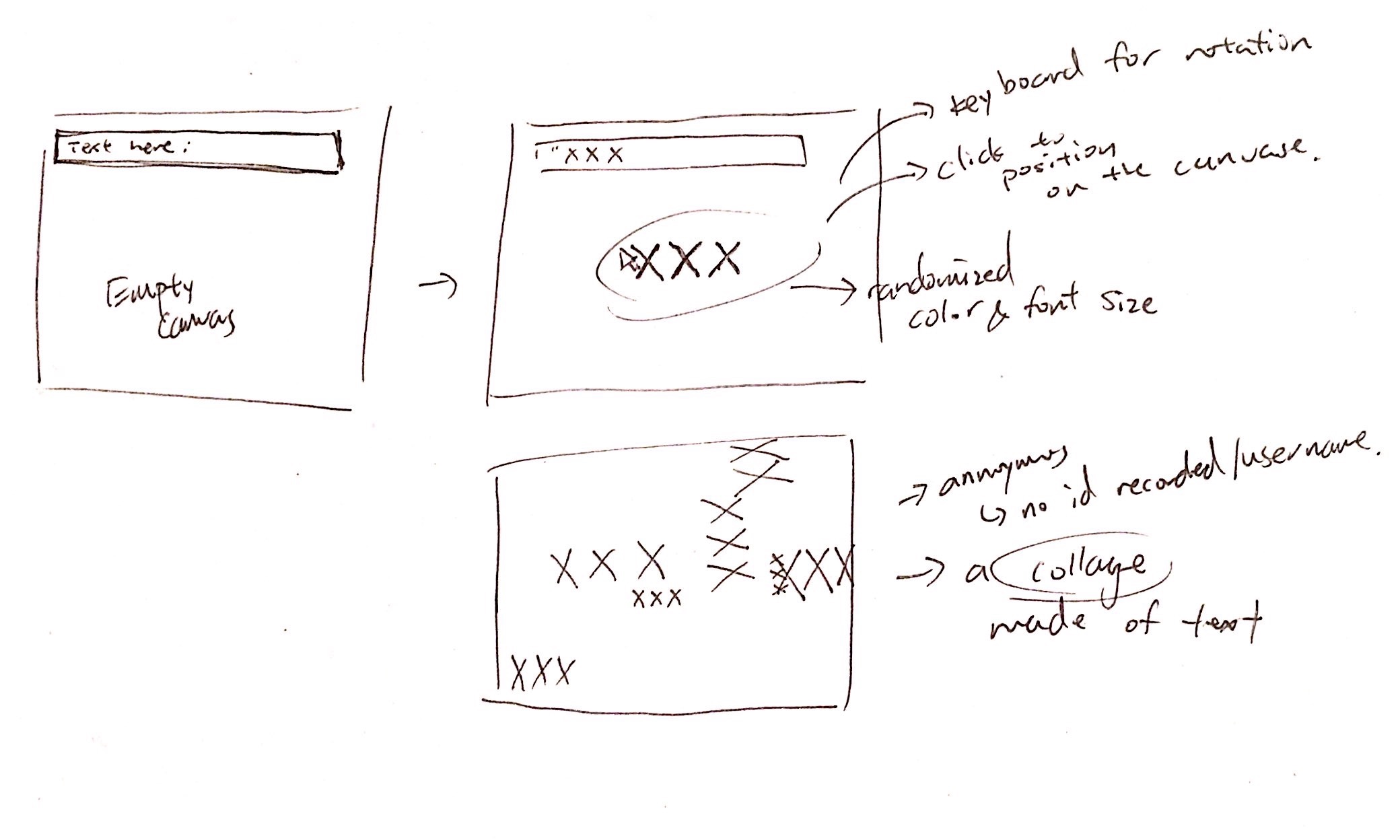


/cdn.vox-cdn.com/uploads/chorus_image/image/46236274/ef989fe2-5c9b-4437-ad74-eebf34fbb625.0.0.jpg)

